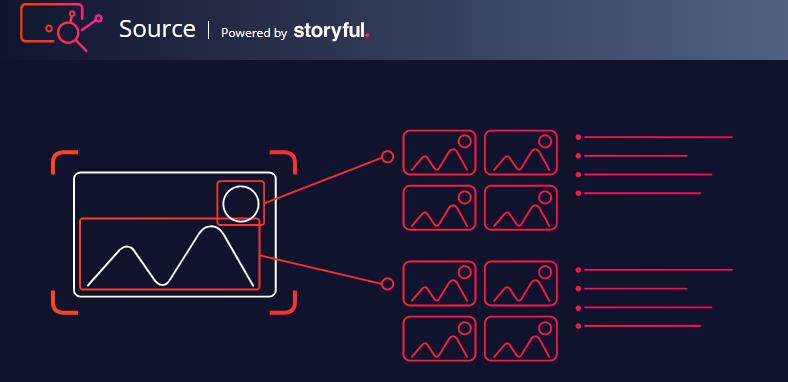No one needs to say how big a nuisance Fake News is for everyone. But it’s especially frustrating when, as a journalist, you fall victim to it.
Say you receive an image on WhatsApp of some really interesting possible news or you just notice an image making the rounds on social media. And because you want to be first and you know your editor will thank you for a high engagement story, you decide to give it go.
Then a few hours after publishing, it becomes clear that the image was actually not new at all, and it wasn’t related in any way to its “news”.
Readers are already calling your publication a peddler of Fake News and your editor is anything but amused.
The go-to tool so far for many journalists has been Google Images. Essentially, you go to Google images and upload the image to see if it appears on any websites already with a different story. Or maybe it’s a stock image.
A new tool designed specifically for this purpose though could prove much more useful to verify Fake News images. It’s called Source and it’s been designed by Storyful in collaboration with the Google News Initiative.
Source’s job is to verify the origins of images. You upload an image and it analyses the image’s potential history, recognising objects, languages and offering automatic translations.
It’s created for mobile devices so that means you can verify images received on WhatsApp or seen on Twitter or Facebook immediately.
Source if not open to everyone yet, but it’s easy to be get invited in (We got invited a few days ago and are putting it through the paces). You just request access via this Google form.
Related: If you’re looking is to learn about media manipulation and how you can deal with it as a journalist or newsroom, check out this course by Reuters.
